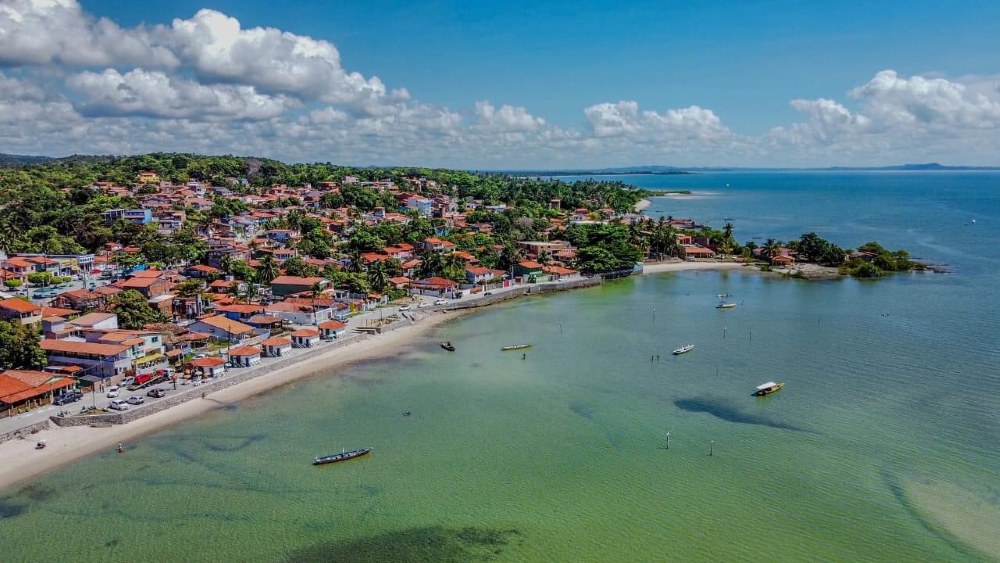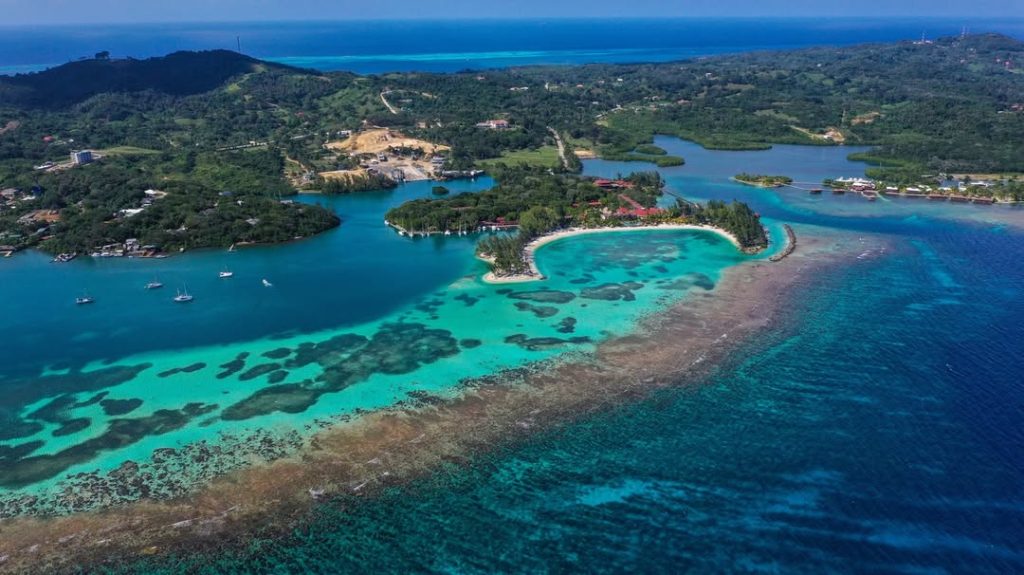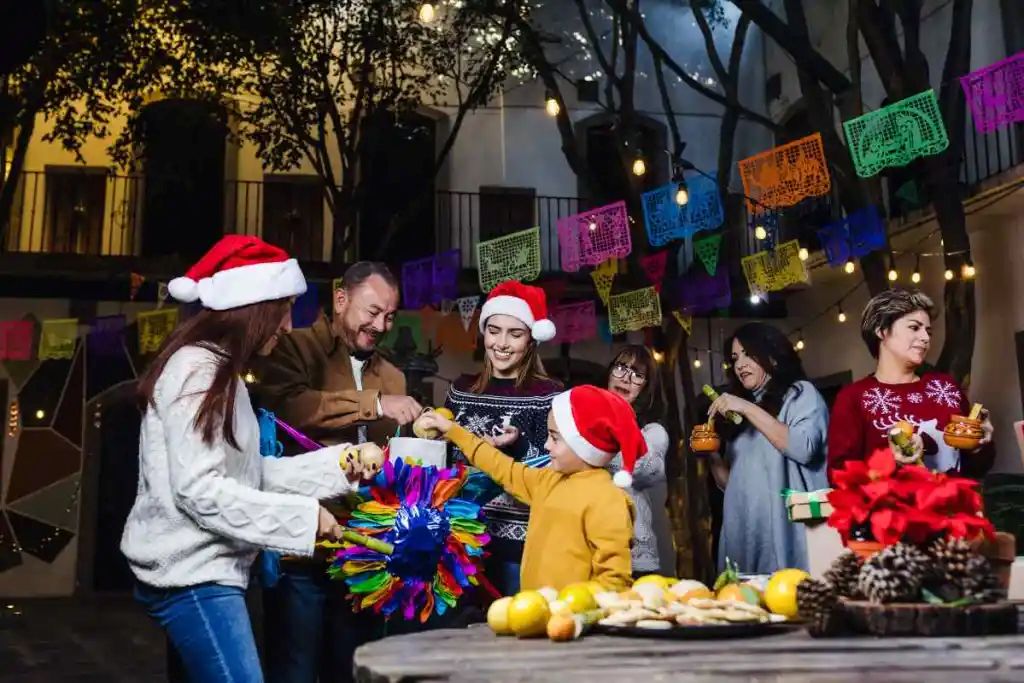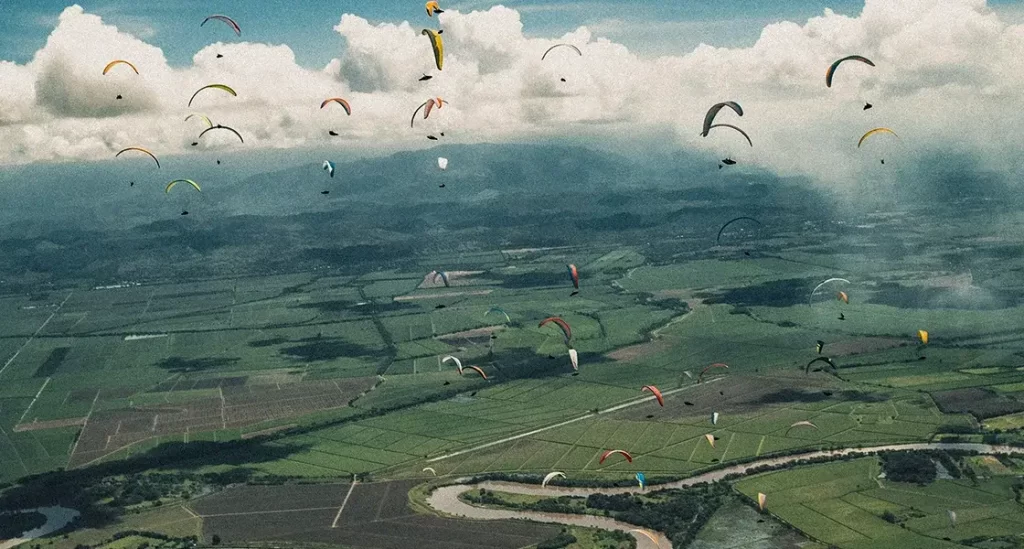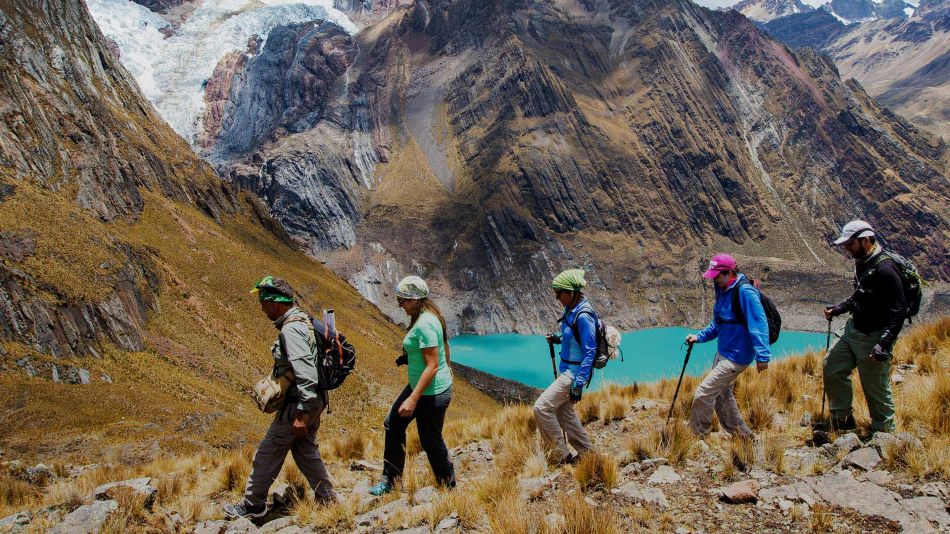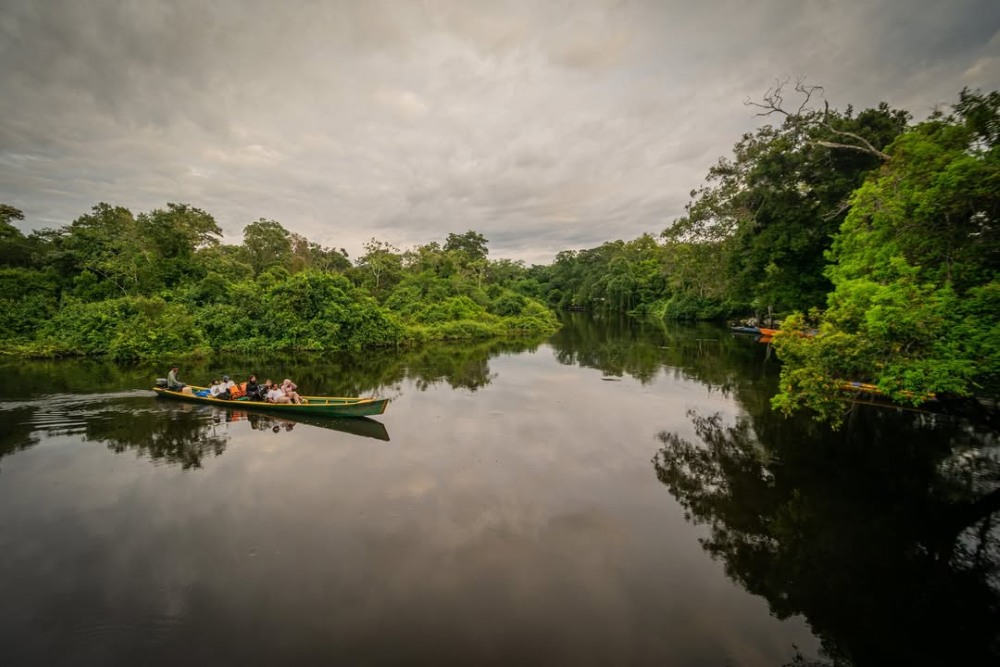[et_pb_section fb_built=”1″ fullwidth=”on” _builder_version=”3.0.89″ custom_margin=”0px|0px|0px|0px”][et_pb_fullwidth_header title=”TRAVEL DIARY” subhead=”Ancient Peru – A cradle of creativity” text_orientation=”center” _builder_version=”3.0.89″ title_font=”Montserrat||||||||” title_text_align=”center” title_font_size=”72px” title_text_color=”#000000″ subhead_font_size=”24px” subhead_line_height=”1.5em” custom_padding=”0px|0px|0px|0px”][/et_pb_fullwidth_header][/et_pb_section][et_pb_section fb_built=”1″ fullwidth=”on” _builder_version=”3.0.47″][et_pb_fullwidth_image src=”https://test.visit-latin-america.com/site/wp-content/uploads/2017/11/caral.jpg” _builder_version=”3.0.89″][/et_pb_fullwidth_image][/et_pb_section][et_pb_section fb_built=”1″ _builder_version=”3.0.89″ custom_padding=”50px|0px|0px|0px”][et_pb_row custom_padding=”0px|0px|0px|0px” _builder_version=”3.0.47″ background_size=”initial” background_position=”top_left” background_repeat=”repeat”][et_pb_column type=”4_4″ _builder_version=”3.0.47″ parallax=”off” parallax_method=”on”][et_pb_text _builder_version=”3.0.89″ text_font=”||||||||” text_text_color=”#ffffff” custom_margin=”-100px||100px|”]
Caral
[/et_pb_text][et_pb_text _builder_version=”3.0.89″]
The Quai Branly museum offers an exhibition on Peru before the Incas! A must see for history passionates and those who intend to travel to Peru!
On this point Carole Fraresso tells us about pre-Columbian Peru as a pre-Columbian art expert-consultant and founder of the Motche Paris-Lima Maison, dedicated to goldsmithery with pieces from a rich knowledge, added to Andean traditions and identity!
« Peru has been the cradle of many civilizations since 10,000 BC. This vast territory has been for a long time assimilated to the Inca civilization. Thanks to archaeological research, we know that during 5,000 years Peru was the creative and innovative center where important civilizations have emerged such as Caral, Paracas, Nazca, Mochica, Lambayeque and Chimu on the Peruvian coast, as well as Chavin, Huari, Tiahuanaco and Inca on the Andes side.
Beauty and emotions, cultural and technological creativity, material and intangible remains of these civilizations never cease to amaze those who discovered them, as no other identical panorama exists in the world.
[/et_pb_text][/et_pb_column][/et_pb_row][/et_pb_section][et_pb_section fb_built=”1″ _builder_version=”3.0.89″ custom_margin=”0px|||” custom_padding=”0px||0px|”][et_pb_row custom_padding=”27px|0px|0px|0px” _builder_version=”3.0.47″ background_size=”initial” background_position=”top_left” background_repeat=”repeat”][et_pb_column type=”2_3″ _builder_version=”3.0.47″ parallax=”off” parallax_method=”on”][et_pb_text _builder_version=”3.0.89″ custom_margin=”|100px||”]
Peru: millenary heritage
Around 3,000 BC emerges the cornerstone of the great Andean civilization. The imposing architecture in Caral is the most ancient evidence that settled societies with economic, political, religious and social systems were existing. Caral embodies the mastery of agriculture in the arid valleys of the coast and became the central pillar that enabled 1,500 years later, the development of large ceremonial centers throughout the Andean territory; its outcome was Chavin de Huantar, in the northern Sierra. The Chavin civilization (900 – 200 BC) has developed the art of lithic sculpture, ceramic and gold-smithery to flaunt the main deity images such as bird, feline, snake and sacred hybrid beings which legitimated the governors divine power. The anthropomorphization of the sacred animals in the pre-Columbian art emphasizes a crucial period for the ancient Peruvian cultures’ development. Consequently the power is represented by an anthropomorphic character holding in his hands staff of authority.
The extinction of the Chavin cult gave way to the emergence of state societies. North valley coast Vicus and Mochica cultures developed, followed by Lambayeque and Chimú. These last ones will excel in high jeweler’s craft arts.
The Mochica culture (100 – 800 AD) is well-known for its gold-smithery treasures, sophisticated ceramics and imposing temples built with mud-bricks; further South, Paracas culture (800 BC – 200 AD), globally known for its splendid textiles, funeral burden, and progressive medicine. Nazca culture looms right after (1 – 800 AD) from which the lines and figures traced in the desert still surprise today the entire world.
[/et_pb_text][/et_pb_column][et_pb_column type=”1_3″ _builder_version=”3.0.47″ parallax=”off” parallax_method=”on”][et_pb_image src=”https://test.visit-latin-america.com/site/wp-content/uploads/2017/11/chavin.jpg” _builder_version=”3.0.89″][/et_pb_image][et_pb_text _builder_version=”3.0.89″ text_font=”||||||||”]
Female divinity, Chavin Museo Larco, Lima
[/et_pb_text][/et_pb_column][/et_pb_row][/et_pb_section][et_pb_section fb_built=”1″ _builder_version=”3.0.47″ custom_padding=”36px|0px|0px|0px”][et_pb_row custom_padding=”0px|0px|0px|0px” _builder_version=”3.0.47″ background_size=”initial” background_position=”top_left” background_repeat=”repeat”][et_pb_column type=”4_4″ _builder_version=”3.0.47″ parallax=”off” parallax_method=”on”][et_pb_text _builder_version=”3.0.89″]
By the end of the 6th century, El Niño phenomenon strongly affected the natural environment and created a loss of credibility for political structures in place, consequently new ideological expressions with imperial signs emerged. In these circumstances the Lambayeque culture on the North coast arose.
A new deity is featured in the Lambayeque art, with winged eyes and imposing ears ornaments. This character known under Naylamp’s name was the hero founder of the ruling dynasty.
Chimú Empire dominates the North coast (1300 – 1532 AD) which venerated particularly feminine deities of the moon – Shi – and of the sea – Ni. Further South the Chincha culture developed; they organized important maritime and terrestrial exchange networks. On the central coast, the Chancay culture was prosperous with its unusual white pottery and remarkable quality of gauze textile art. In the Lima and Lurin valleys, the Ychma culture was holding the oracle of Pachacamac, the most important goddess of the Pacific coast.
[/et_pb_text][et_pb_image src=”https://test.visit-latin-america.com/site/wp-content/uploads/2017/11/machu-picchu-1.jpg” align=”center” _builder_version=”3.0.89″ custom_margin=”25px|||”][/et_pb_image][et_pb_text _builder_version=”3.0.89″ custom_margin=”||25px|150px”]© Guillermo Vilcherrez
[/et_pb_text][et_pb_text _builder_version=”3.0.89″]
14th century in the Cusco valley, the Incas begin a growth policy which will lead to the most important empire of pre-Hispanic America: the Tahuantinsuyo.
The most distinctive characteristic of the Inca has been the integration of people from diverse cultural and artistic traditions in the empire state organization. Incas have integrated the gold-smithery from the North, the architecture of the central coast, the Altiplano farming techniques and the efficient trading system from southern people.
This large empire, creator of universal marvels such as the great citadel of Machu Picchu has become globally famous. »
[/et_pb_text][et_pb_button button_url=”https://www.facebook.com/sharer/sharer.php?u=https://test.visit-latin-america.com/site/ancient-peru-a-cradle-of-creativity/?lang=en” url_new_window=”on” button_text=”Share on Facebook” _builder_version=”3.0.92″ button_alignment=”center” custom_button=”on” button_font=”||||||||” button_text_size=”15px” custom_margin=”30px|||”][/et_pb_button][/et_pb_column][/et_pb_row][/et_pb_section]


